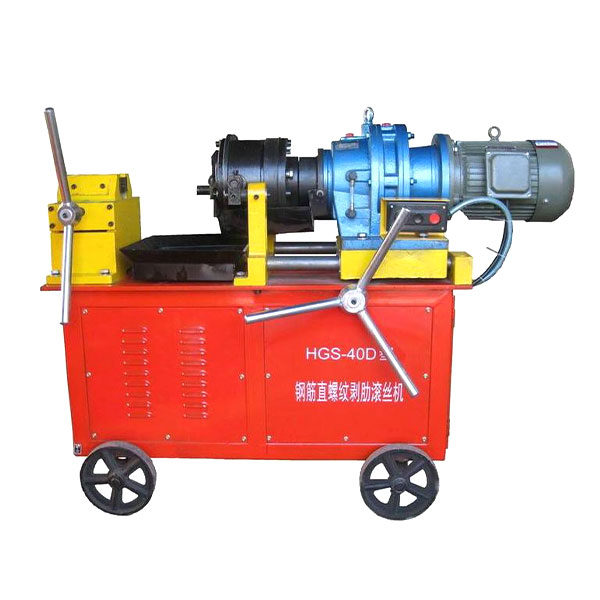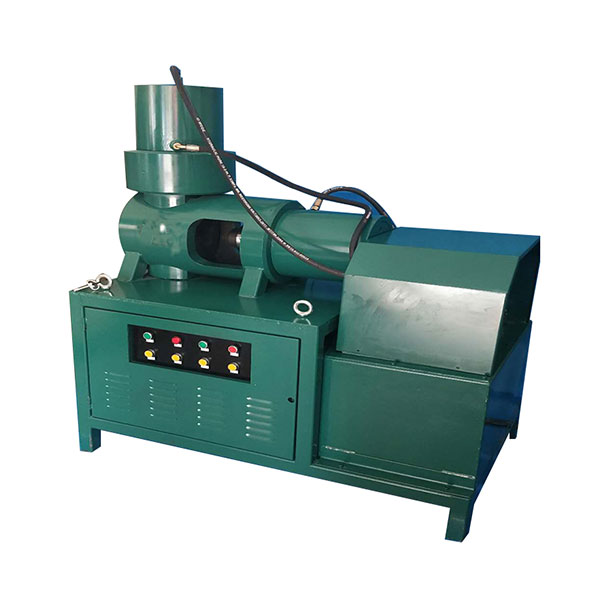Do Rebar Couplers Reduce Construction Time? Yes, And Far Beyond Your Imagination!
In modern construction sites, “Time is money” is an unquestionable iron law. Facing increasingly tight schedules and constantly rising costs, every construction link is seeking breakthroughs in efficiency. Among them, the transformation of the connection method of the steel bar engineering, which serves as the “skeleton” of buildings, is particularly crucial. This article will delve into how rebar couplers (such as sleeve extrusion, threaded connection, etc.) can fundamentally change the steel bar operation process through standardization, industrialization and mechanization, thereby significantly shortening the construction time, improving the project quality and reducing the overall cost.
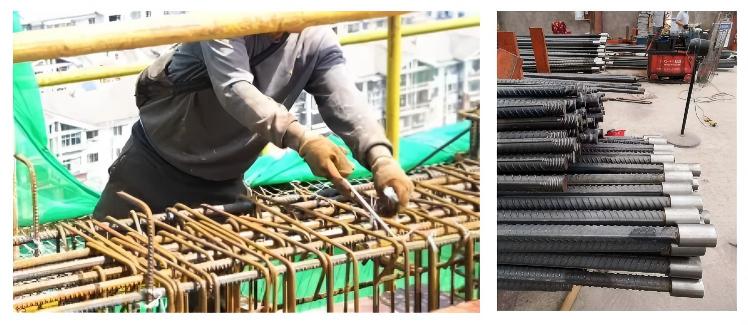
Imagine such a scene: on a vast construction site, workers bend over, hold iron wires, and cross, fix and wind steel bars one by one. This is the traditional binding and lapping of steel bars. It relies heavily on manual labor, which is not only time-consuming and labor-intensive, but also the construction quality largely depends on the workers’ proficiency and sense of responsibility. In addition, problems such as being unable to work on rainy days, excessive waste of materials (binding wires), and chaotic on-site conditions keep emerging.This “sea of people” tactic and purely manual operation mode have become significant bottlenecks restricting project schedules and costs in modern architecture that pursues efficiency and precision. It is precisely against this backdrop that rebar couplers (also known as mechanical connections) emerged, providing a modern and industrialized efficient solution to this industry’s difficult problem.
Table of Contents
How Can Rebar Couplers Gradually Shorten The Construction Time
The rebar couplers is not merely a simple “joint”; it is a systematic project. It systematically compresses the construction time from the following dimensions.
Efficiency Comparison: Connectors vs. Traditional Lap-in Bonding
Let’s appreciate the leap in efficiency through a direct comparison:
| Comparison dimension | Rebar connectors (taking straight threads as an example) | Traditional binding and lapping |
| Single-point operation speed | It only takes a few minutes to tighten a joint, which is extremely fast. | It requires positioning, hooking, interweaving and winding, which takes a relatively long time. |
| Process complexity | The process is simple, requiring only three main steps: cutting, threading and tightening, and can be prefabricated for production. | The process is cumbersome and completely relies on on-site manual binding, making it difficult to prefabricate. |
| Weather dependence | It is basically unaffected. Construction can proceed as usual on rainy days or at night to ensure the project schedule. | The impact is huge. Rainy days usually require work to be halted, delaying the overall progress. |
| Labor demand | It has low physical requirements for workers, and ordinary workers can be on the job after short-term training, reducing the reliance on scarce skilled workers. | Relying on skilled workers leads to high labor intensity, high labor costs and unstable efficiency. |
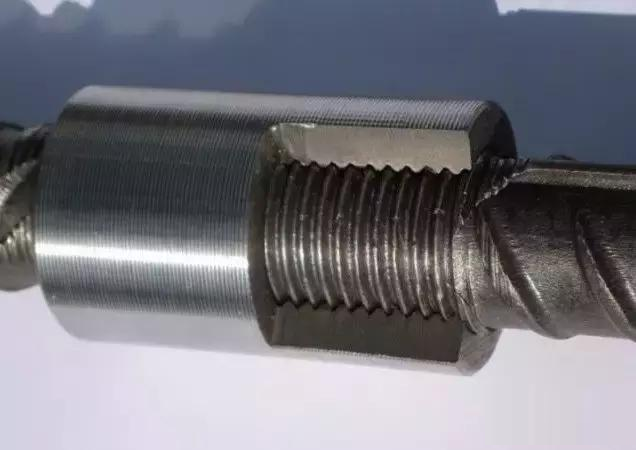
The chain effect of shortening the construction period
The efficiency improvement brought by mechanical connection is not merely about “doing it faster”; it has triggered the optimization of the entire construction process:
- The steel bar operation itself has been significantly accelerated: this is the most direct effect. The reduction in the connection time of a single node accumulates to several days or even weeks of construction period savings for the entire project.
- The process connection is tighter and smoother: The steel bar sub-item project can be completed ahead of schedule, which “steals” a precious time window for the subsequent key processes such as formwork erection, scaffolding removal and concrete pouring, making the entire project assembly line run more smoothly.
- Achieving “fewer personnel” and refined management: Mechanical connections reduce the number of on-site workers, lower the complexity of on-site management and coordination, make project management more precise, and indirectly enhance overall efficiency.
- Enhance the space utilization rate at the construction site: Steel cages and large components can be prefabricated in the processing area in advance and then transported to the site for installation, significantly reducing the space required for raw material storage and processing on site, thus freeing up space for other operations.
The Additional Core Advantages Brought By The Rebar Couplers
In addition to the obvious “speed”, rebar couplers also bring profound value in terms of quality and economy, which are also indispensable competitive advantages in modern construction.
More reliable quality and safer structure
- High connection strength: The strength of high-quality mechanical connection joints can reach or even exceed that of the steel bar base material itself, ensuring the reliable transmission of structural force.
- Stable performance: The quality of the joint is guaranteed by equipment and process, eliminating fluctuations caused by human factors, making the project quality more controllable and uniform.
- Superior seismic performance: Especially in high-rise buildings, super high-rise buildings and seismic fortification areas, mechanical connections can provide excellent ductility and seismic performance, meeting the highest standards of building safety requirements.
Re-evaluation of economic benefits
- Although the individual purchase cost of rebar couplers is higher than that of binding wires, from the perspective of the comprehensive cost throughout the entire life cycle, its economic benefits are very significant: it saves a huge amount of labor costs, shortens the leasing period of large machinery such as tower cranes, and more importantly, the reduction in management costs and the earlier return on investment brought about by the early completion of the project is a more considerable “time wealth”.
- Energy conservation and environmental protection: It reduces the consumption of binding wire and the waste of steel bar lap joints, which is in line with the construction concept of green, energy-saving and sustainable development advocated by the state.
How to Choose The Right Rebar Couplers to Maximize Efficiency


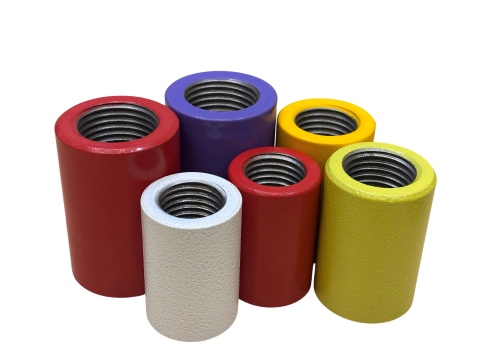
To achieve the best speed-up effect, choosing the appropriate type of connector is of vital importance. The following are several mainstream types and their applicable scenarios:
- Straight thread connectors (most commonly used and recommended): Straight threads are created at the ends of the rebar through a rolling process, and then connected with a sleeve. Their advantages include high strength, stable quality, fast installation, and the best cost-effectiveness, making them the absolute mainstream in the market.
- Extrusion sleeve connectors: A sleeve is radially extruded under high pressure to engage with the rebar. The advantages are extremely high connection reliability, suitable for large-diameter rebar and important structural parts subjected to dynamic loads, but the installation speed is slightly slower than threaded connections.
- Epoxy resin rebar connectors (for special corrosion-resistant environments): This is a connection system specifically designed for epoxy resin-coated rebar. Ordinary connection methods can damage the anti-corrosion coating on the rebar surface. These connectors typically have an internal epoxy coating or a special design, enabling mechanical connection of the rebar without damaging the surrounding coating, perfectly maintaining the overall corrosion resistance of the rebar. They are widely used in corrosive environments such as coastal buildings, chemical plants, and docks.
- Tapered thread connectors: Tapered threads are created for easy connection, but require high thread precision and tightening torque. They are gradually being replaced by straight threads.
Selection considerations
- Steel bar specifications: Select matching connectors based on the diameter and strength grade of the steel bars.
- Construction site: More reliable connection methods should be adopted for important load-bearing parts (such as beam-column joints).
- Construction period pressure: If the construction period is extremely tight, the straight thread connection, which has the fastest construction speed, is the first choice.
- Cost budgeting: Under the premise of ensuring quality, conduct comprehensive cost accounting.
Conclusion
To sum up, the answer is already very clear: The steel bar connector, through its efficient, reliable and high-quality industrialized connection method, not only “can” shorten the construction time, but also is an indispensable speed-up tool and quality guarantee in modern construction. The value it brings is all-round, ranging from direct project duration reduction to indirect quality improvement and overall cost optimization.
If you are looking for solutions to improve the efficiency of your project, please contact us for professional advice on rebar connection technology and product selection.

